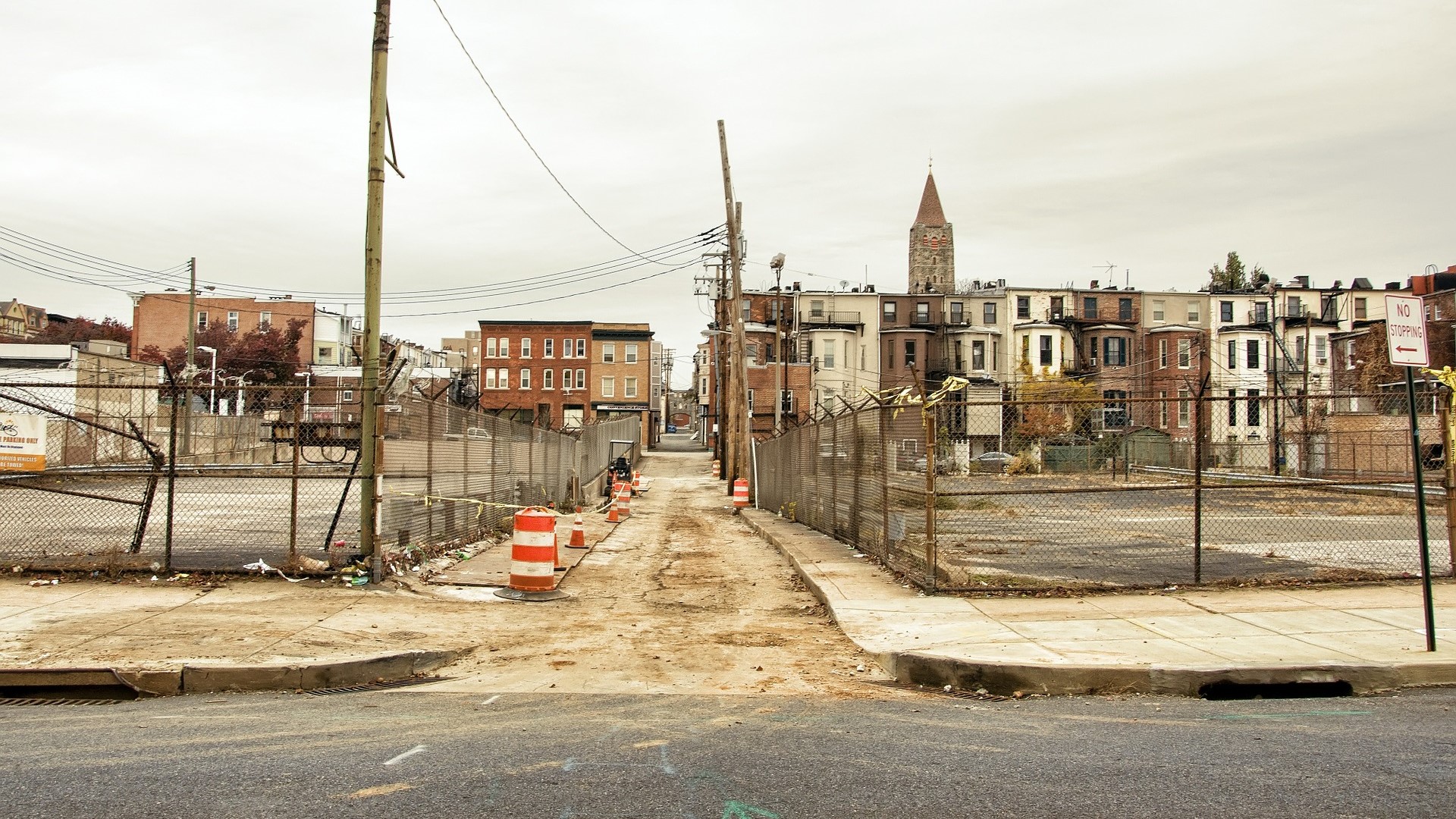Opportunity Zones: What’s in it for Marylanders?

Good things come to those who wait. Both taxpayers and tax preparers have been waiting with bated breath for clarification on the many provisions which make up The Tax Cuts and Jobs Act. After nearly a year since the law was passed, guidance has been trickling in from the Treasury Department. The most recent provision to receive clarification is the often overlooked Opportunity Zone Program.
While new tax rates, the qualified business income deduction, and simplifications of old tax laws are attractive to individuals and business owners, the Opportunity Zone Program entices investors with favorable tax incentives. Here’s how it works: an Opportunity Zone, as defined by the IRS website, is a state-designated, economically-distressed community designed to spur economic development and job creation. Individuals and business entities wishing to spur economic development in their communities are eligible to receive tax incentives by re-investing their capital gains into Opportunity Funds designated to investing in Opportunity Zones. So you might ask yourself: could this be an area where me, my beneficiaries, or my business entity could benefit from a tax and cash-flow standpoint?
For Maryland in particular, the program offers long-term tax breaks and other favorable treatments in 42 designated communities in Baltimore, and 149 zones within the whole state of Maryland. To put that into perspective, there are currently nearly 9,000 opportunity Zones in every state and territory. The city deemed this aspect of the new tax law so important to the long-term success of the city, they developed an administrative position to not only help people navigate the regulations, but also attract investors. Under the new code Section 1400Z-1 and 1400Z-2, individuals, corporations, or trusts can defer an unlimited amount of capital gain(s) by investing the proceeds into deemed Opportunity Funds or Zones within 180 days. If the taxpayer holds the investment in an Opportunity Fund for at least five years, the basis is increased by 10% of the amount of the deferred gain, if held for at least seven years, it increases another 5%. There is a huge benefit if the investor can allow themselves to be invested for over ten years (Code Section 1400Z-2(c), that the basis gets stepped up fully to the fair market value, and there is no deferred gain at all moving forward when sold or exchange, with a proper timely-filed election on the tax return.
And it’s all open to interpretation. Where most find the Opportunity Zone Program beneficial, others find it problematic. On one hand, the Opportunity Zone means job and economic development. On the other hand, real estate industry experts fear that the investors may be more interested in gentrification and less in providing better opportunities for those living in these distressed communities. The rules and guidance released last month are only the first steps in providing full regulatory clarity; there are still several gray areas yet to be defined. More guidance is slated to be released by the end of the year. While we may not have all the answers at this time, our firm consults regularly with those seeking guidance on step-ups for elderly taxpayers and their beneficiaries, Code Section 1031 ‘like-kind exchange’ property and the proper deferral of capital gains in stocks and business and personal assets – and more. We also connect individuals and business owners with experts to help properly plan from a liability standpoint, while investing in our distressed community areas. How can we help you navigate these possible favorable tax treatments in the Tax Cuts and Jobs Act?
As we approach 80 years, Ellin & Tucker remains firmly in the room, driven by a legacy of excellence in teamwork, leadership, and service. Our strength has always been in our people, and together, we’ll continue to stand with the next generation of difference-makers and leaders, ready to shape the future.